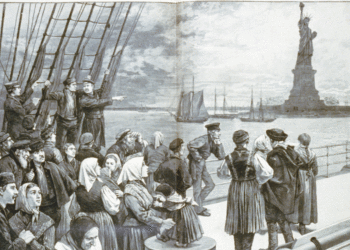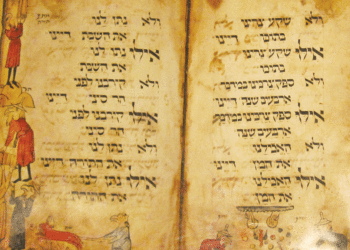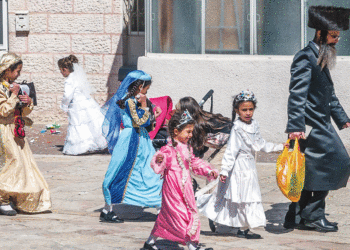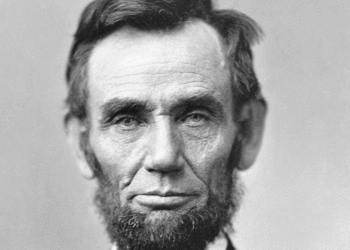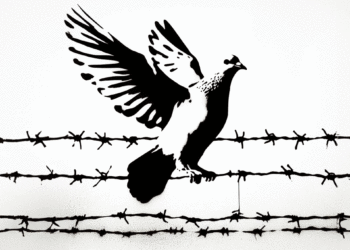Most of Israel’s partisan daily newspapers are folding, contributing to the loss of the Israel we used to know
By MOSHE GIT
Maariv is an Israeli newspaper that was founded in the year Israel was born. In almost no time it took off and surpassed its rival, Yediot Achronot (or Yediot), from which it sprang, to become the most popular paper in Israel.
It became an Israeli icon, although it was too superficial and sensational for my taste (I stayed loyal to Haaretz.) Nevertheless, it hit a nerve with the Israeli public.
One cannot conceive of Israel during the first decades of its existence without Maariv. It is one of the ingredients of what made up the state of Israel. It symbolized Israel much as Mom, baseball and apple pie symbolize America.
Its founder and first editor was the legendary Azriel Karlibach, an Orthodox rabbi and a Ph.D. (The “Singing Rabbi,” Shlomo Carlebach, was a relative of his.) He embodied a tradition of Jewish journalism. Actually, Karlibach had been Yediot’s editor and deserted that paper to establish Maariv, contributing to “bad blood” between the two rivals.
Everybody is familiar with the saying “two Jews, three opinions.” The first half of the last century witnessed a highly politicized Jewish world; every small faction felt it had to express itself in a newspaper of its own. This phenomenon began in Eastern Europe and was carried over to the nascent Jewish revival in Eretz Israel.
Three religious (Orthodox) parties had their own daily, and so did the Communist party and every other party — be it from the right or from the left. The only “independent” dailies were Haaretz, Yediot and Maariv.
Originally, Maariv was published, like its rival, Yediot, as an evening paper. It was named, very aptly, Maariv (from the same root as the Hebrew word for evening, which is also the traditional name of the evening service). The supposedly more respected papers, like Haaretz, were published early in the morning; people would begin to read the latter while having breakfast and then take them to work.
On the other hand, Maariv’s and Yediot’s niche was the time people were returning from work. Readers would grab them at street corners on their way home, hoping to get the very latest news. They were peddled on the street by hawkers who carried them around, sometimes in baby carriages.
The familiar “Maariv-Yediot” cries, emanating from peddlers trying to get the buyers’ attention, still echo in my ears. Attempting to beat each other to be the first on the street, the publishing time of Maariv and Yediot started, individually, to inch backwards, towards noon. The public then began to call them Tzaharonim, i.e. midday papers (tzhariyim is midday, or noon, in Hebrew).
People would purchase them at their noon break and read them with their lunch. But this wasn’t the end of the battle: after a short truce, the publishing time of both papers began to slide towards the morning and eventually both “evening” papers ended up as somewhat belated morning papers.
Beginning in the 1970s, Yediot overtook Maariv circulation-wise, but Maariv still has remained a dominant paper.
The last few decades witnessed the demise of most of the partisan dailies. Even papers representing the large political powers (like Herut, representing the Likud party, and ӬDavar, representing Labor) folded. All of this took place before the dawn of the Internet era.
Now, so it appears, the Internet has started to hit. Recently, it has been revealed that Haaretz, the oldest surviving Israeli paper, is encountering severe financial difficulties, and that Maariv, as we knew it, is in the process of folding.
Israel without Maariv isn’t the good old Israel we once knew.
***
Moshe Git lives in Minnetonka.
(American Jewish World, 11.9.12)









